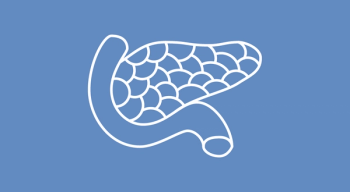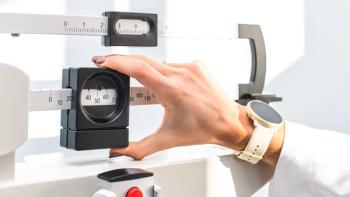
- March 2017
- Volume 12
- Issue 2
Fast Facts for the Frontline: Ostomy Care
Patients new to ostomy often rely on nurses to help them select the appropriate supplies and assist with application.
Melissa A. Grier, MSN, APRN, ACNS-BC
March is Colon Cancer Awareness Month, which has many of us thinking about screening and prevention efforts. However, as oncology nurses, we must also consider how we can serve those currently fighting the battle and those who have survived. Many of these patients are living with temporary or permanent fecal ostomies resulting from resection of all or part of their small or large intestine. While many larger acute care facilities have specialized wound, ostomy, and continence nurses, smaller hospitals and rural facilities rely on their general nursing staff to help patients manage ostomies. Below are some fast facts about fecal ostomies for nurses who may not encounter them on a regular basis.
What’s the difference between a colostomy and an ileostomy? A colostomy diverts the large intestine (colon) through the abdominal wall, while an ileostomy diverts the small intestine (ileum) through the abdominal wall. The external portion of the intestine that protrudes through the abdominal wall is referred to as the stoma.
What is the normal appearance and output of the stoma?
A normal stoma is pink to red and should be moist. New stomas will be inflamed, but will shrink to a much smaller size over several weeks. The stoma is highly vascularized and may bleed if rubbed too vigorously; however, it doesn’t have any nerve endings, so the patient may not realize that trauma is occurring. As food moves through the GI tract, nutrients and moisture are extracted. Therefore, output from an ileostomy will contain more liquid, and output from a colostomy will be more formed and contain less moisture. A stoma lacks the sphincter that’s present at the natural end of the GI tract in the anus, so the patient has no control over when stool and flatus will be excreted, necessitating an external ostomy appliance.
What type of ostomy appliance is best for my patients?
For More Information
United Ostomy Associations of America -
Wound Ostomy and Continence Nurses Society -
External anatomy and the character and volume of output from an ostomy are just a couple of factors that influence what type of ostomy appliance a patient should use. There are 1- and 2-piece appliances, open and closed pouching systems, and various accessories such as stoma paste and powder. Some appliances contain charcoal filters that allow flatus to exit without having to remove the appliance. Skin barriers are generally flat, but convex barriers are also available to facilitate abnormalities such as retracted stomas. Familiarize yourself with the supplies available at your facility and carefully read the instructions for use. When a patient has a new ostomy or doesn’t have access to familiar ostomy supplies, they’ll rely on you to select the appropriate supplies and assist with application.
How can I help my patients preserve skin integrity around the stoma?
In addition to collecting output from the ostomy, the appliance also protects the patient’s skin from digestive enzymes and moisture. Making sure the skin beneath the appliance is clean and dry is one of the best ways to help preserve skin integrity. The peristomal skin should be cleansed with mild soap and lukewarm water and allowed to dry completely. An alcohol-free protective product can be applied to the skin that rests beneath the barrier, forming a thin film that protects the skin from moisture and digestive enzymes. Some ostomy appliance skin barriers contain ceramide, a natural oil produced by skin that moisturizes and prevents over-drying. Regardless of which products are used or how well the appliance is secured, it must be changed immediately if a leak occurs. Taping down the edges of the ostomy appliance merely traps moisture beneath it, increasing the likelihood of irritation and breakdown.
What if my patient is already having issues with the skin around their stoma?
Talk to your patient about their past integumentary history. Do they have sensitive skin? Do they have any dermatologic conditions such as eczema or psoriasis? How often are they changing the ostomy appliance? What types of cleansers or other products are they using to care for peristomal skin? Very few true allergies to ostomy appliances and ostomy products exist, but other products not approved for ostomy care can cause problems. If your patient is having issues with peristomal skin irritation or breakdown, it’s likely a moisture management issue. Although you may not be able to solve the issue with your limited knowledge of ostomy management, recognition of the problem and prompt intervention can get them headed in the right direction toward specialized ostomy care.
Articles in this issue
over 8 years ago
Novel Immunotherapy Under Study in Pancreatic Cancerover 8 years ago
The Shoe Is on the Other Foot When the Nurse Has Cancerover 8 years ago
Brain Trust: Research Accelerated to Improve GBM Survivalover 8 years ago
It's All About Leadership and Teamworkover 8 years ago
Lateral Violence in Nursing Can Take Many Formsover 8 years ago
Can You Navigate Our Horses Out of the Parking Lot?over 8 years ago
Cervical Cancer: New Data on Survivalover 8 years ago
Zero Tolerance: Stopping Nurse Bullying Begins With Leadership

















































































